Negligence Report: Analysis of Duty of Care and Foreseeability
VerifiedAdded on 2022/09/21
|5
|567
|15
Report
AI Summary
This report analyzes a negligence case involving a doctor and his patients, specifically focusing on the concept of duty of care. The report begins by outlining the key elements of negligence: duty, breach, causation, and harm. It then examines the application of these elements to the case, considering whether the doctor owed a duty of care to the three students who contracted mumps due to his negligence in diagnosing the patient. The report references established legal precedents like Donoghue v Stevenson and Smith v Leech Brain & Co to determine the extent of the doctor's liability, including the foreseeability of harm. The conclusion finds that the doctor does owe a duty of care to the students, emphasizing the direct connection between the doctor's negligence and the students' suffering. The report also considers the application of the eggshell skull rule and the principle established in Esanda Finance Corporation v Peat Marwick Hungerfords to justify the doctors liability. The report concludes with a discussion of the doctor's liability for his actions.
1 out of 5
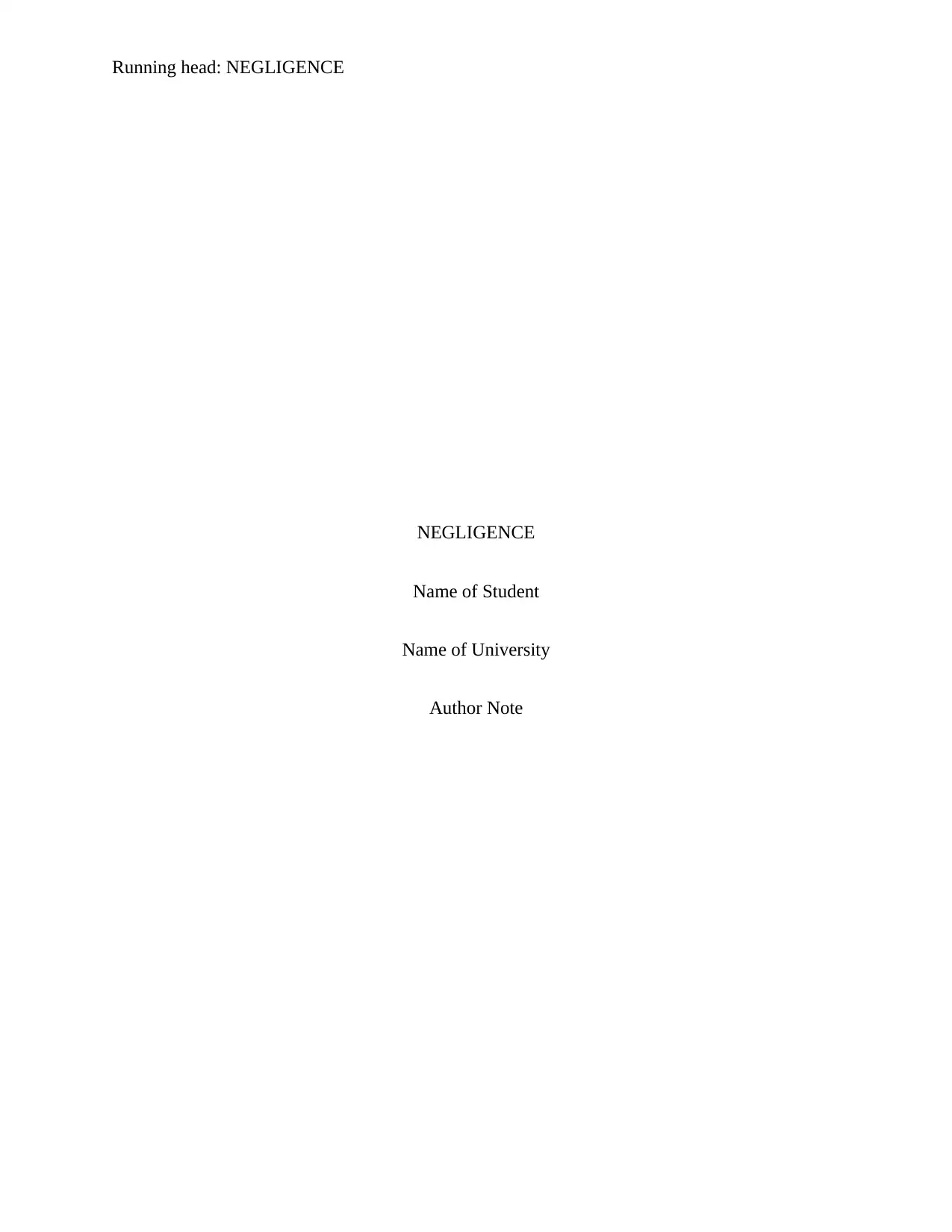
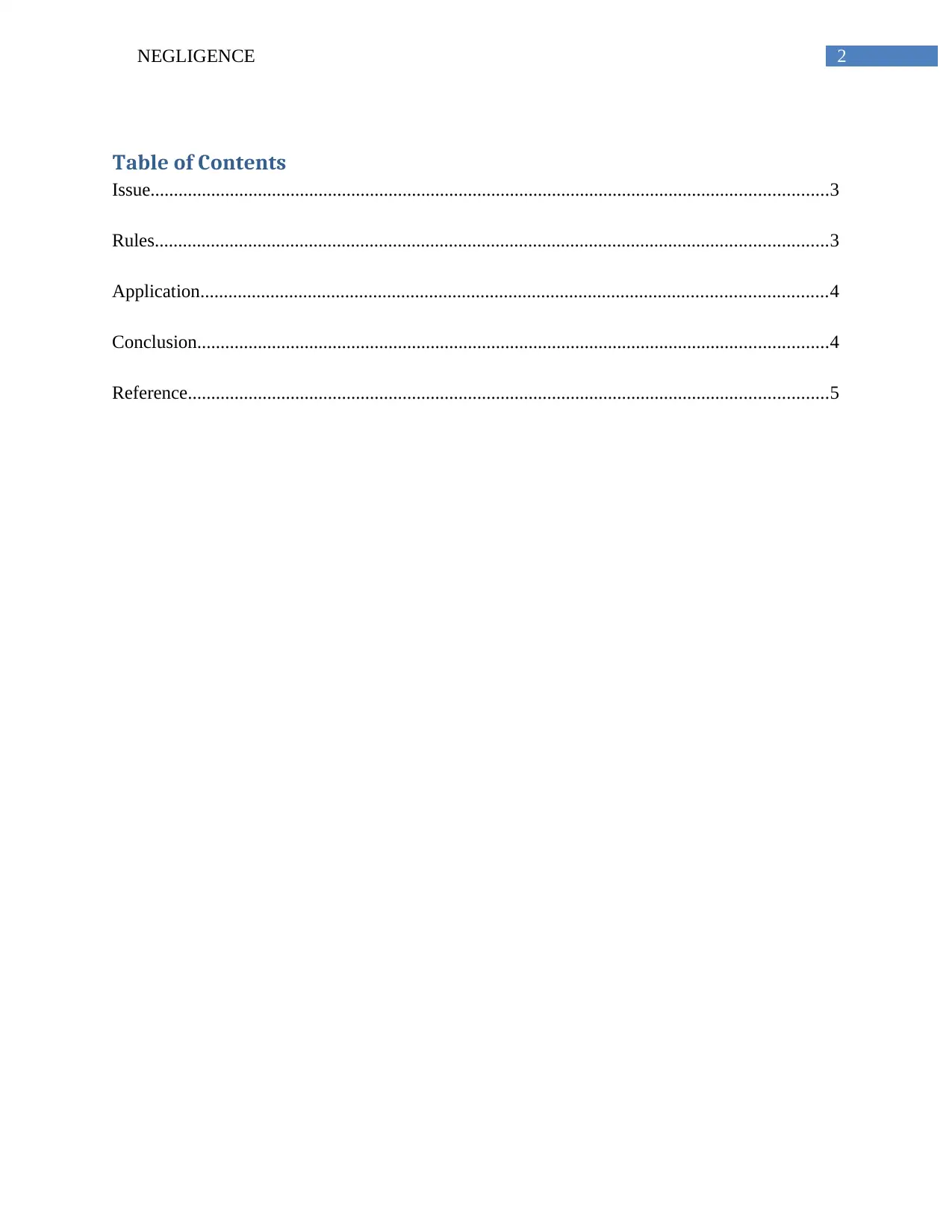
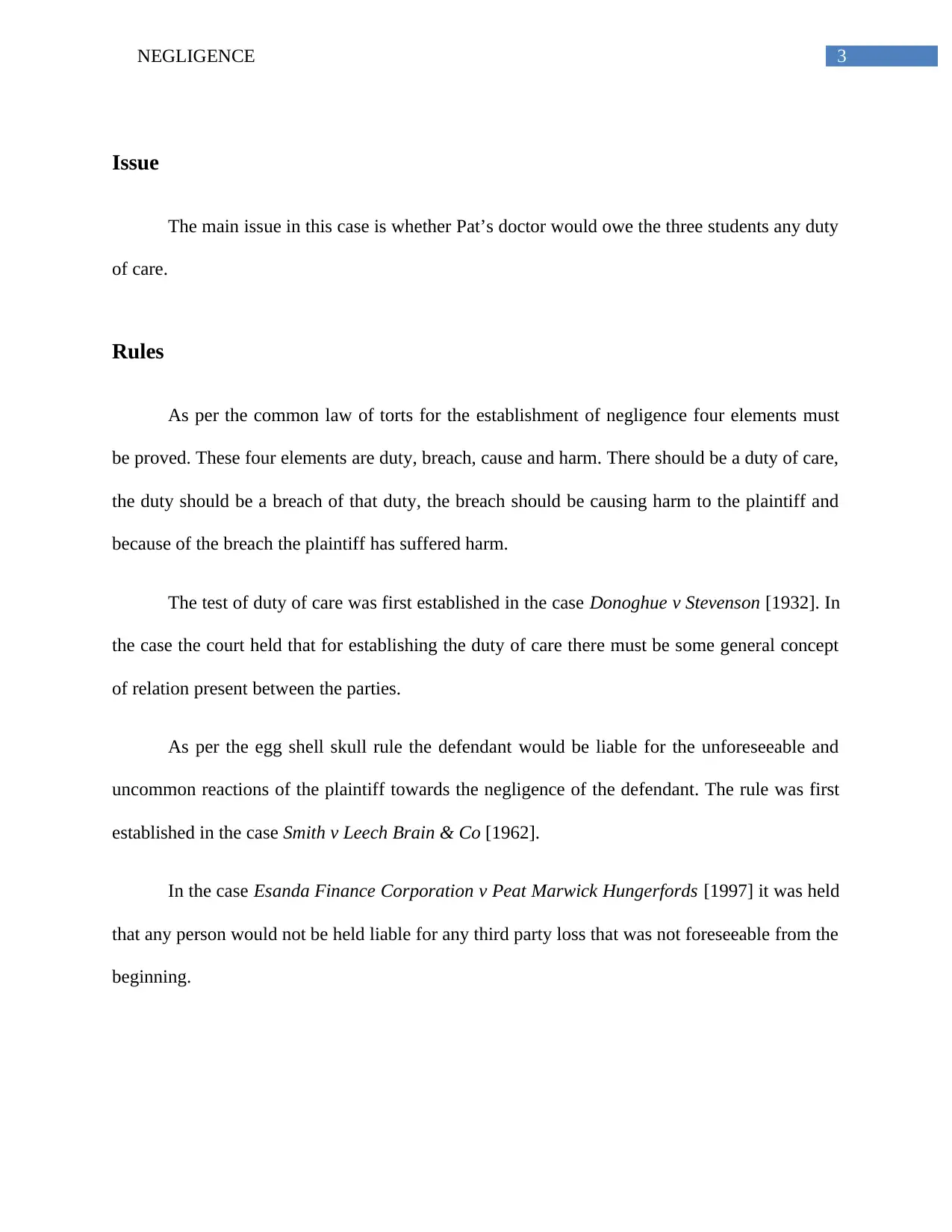

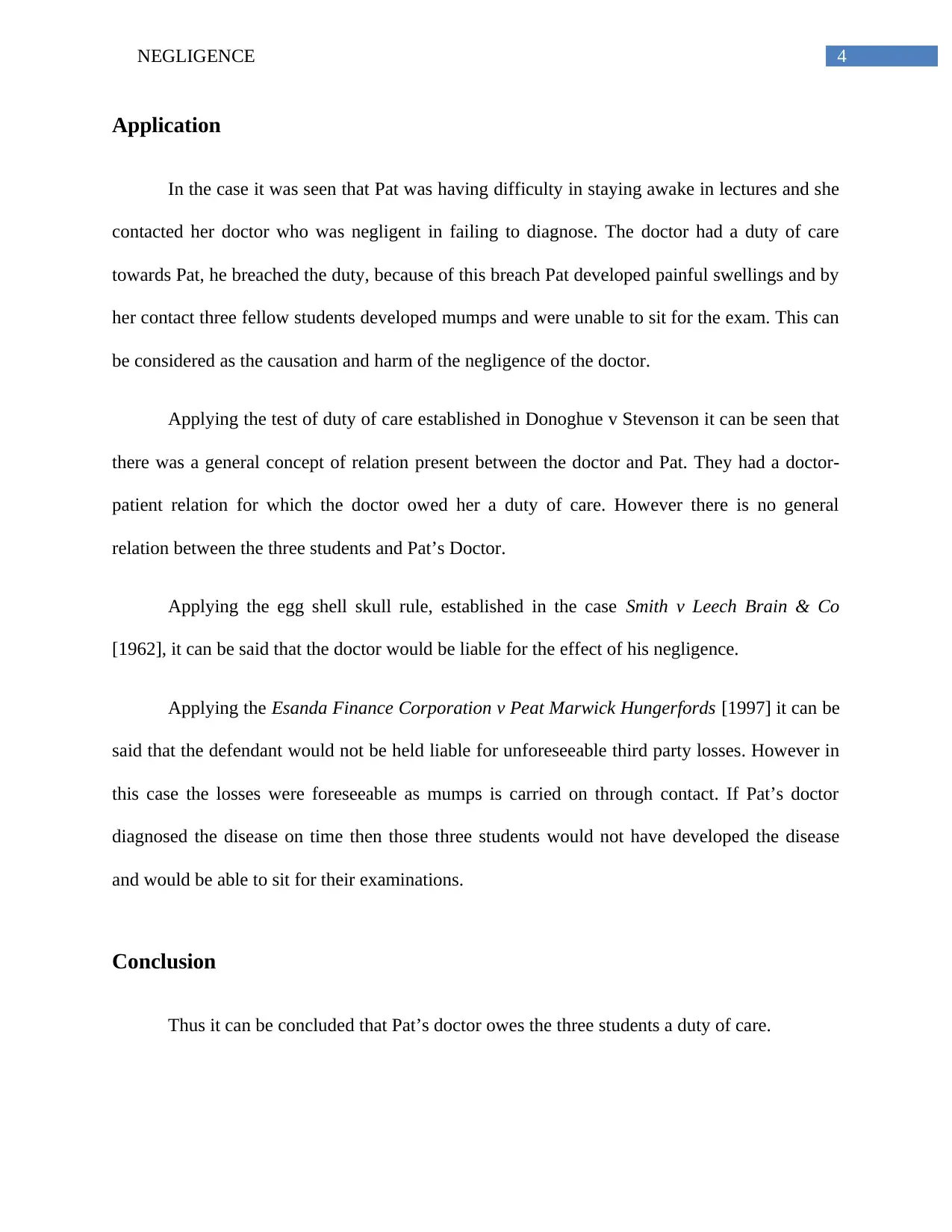
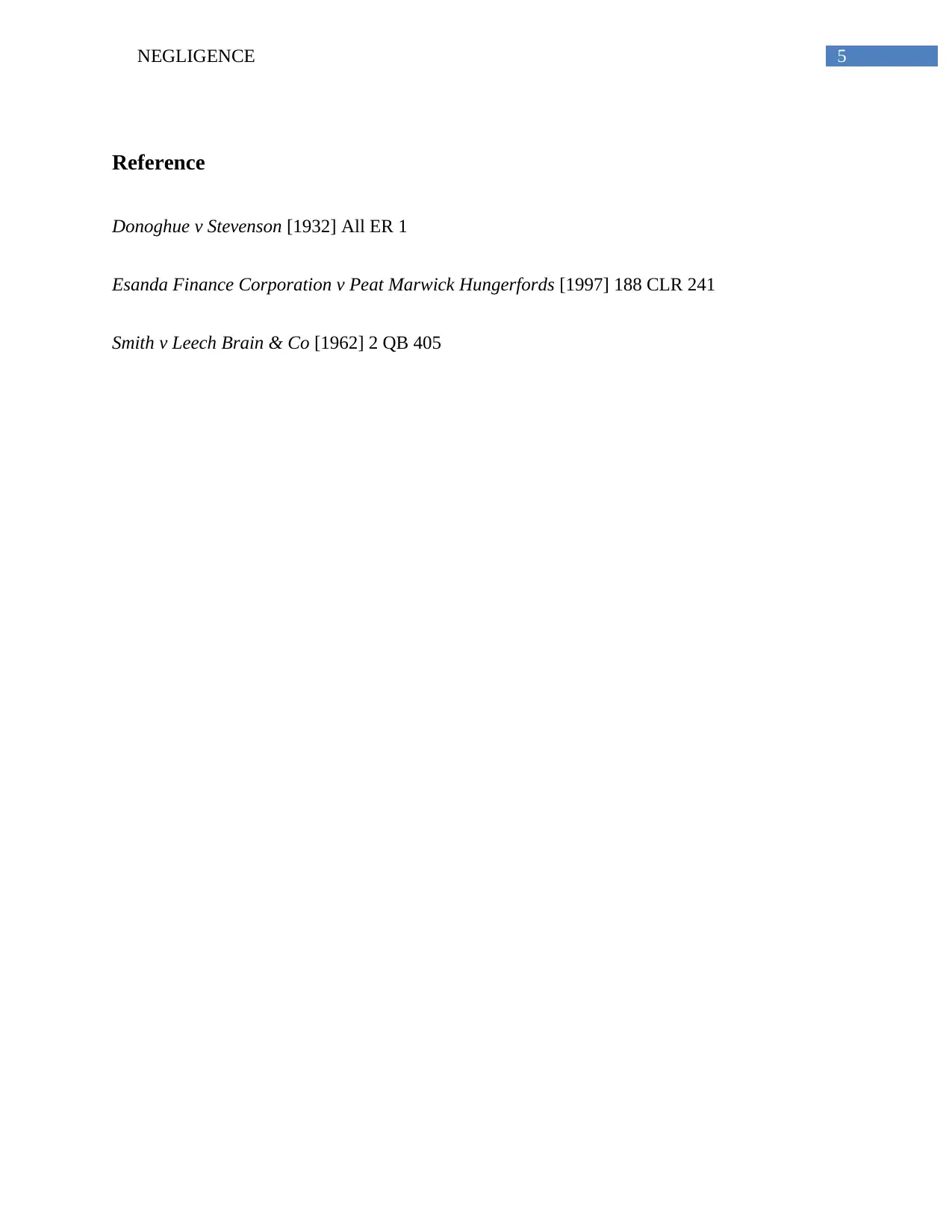






![[object Object]](/_next/static/media/star-bottom.7253800d.svg)